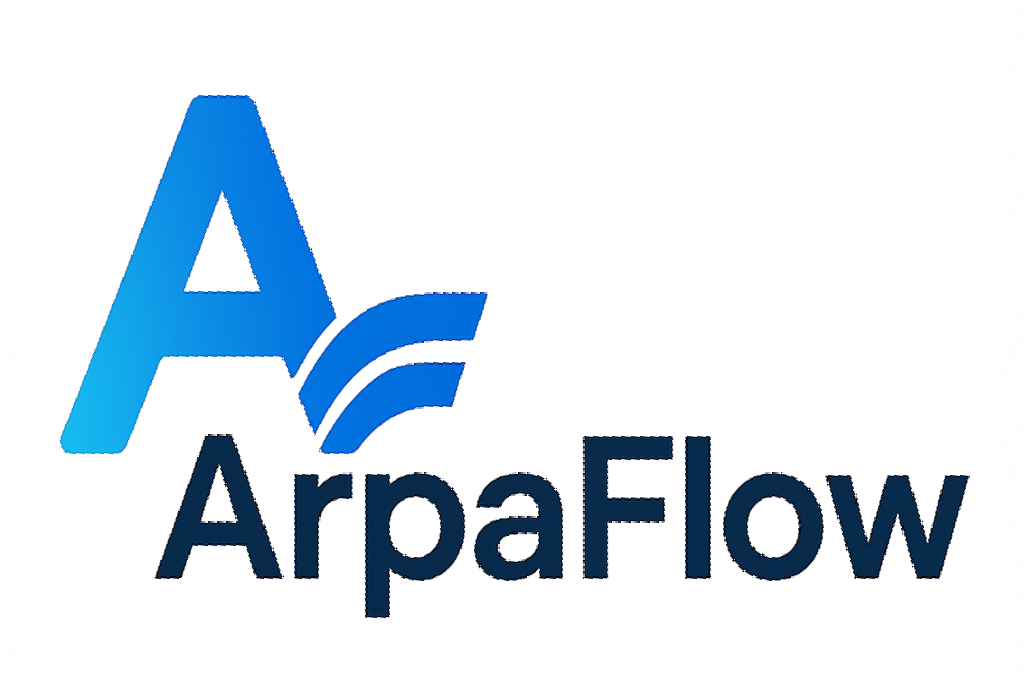
Template Folder
Overview
The Template Folder is a dedicated directory for storing all template components used in Inventor assemblies. By organizing templates in a root folder (or subfolders) containing the word "Template" in the path, you enable advanced automation, rule management, and efficient project workflows. Template folders are referenced by commands such as Add, Copy, Copy 1, Copy To, Replace New, and Replace New 1, which are template-aware and handle copying, referencing, and rule updates automatically.
Folder Structure and Organization
Template folders should be located in a path containing "Template" (e.g., "Templates", "Ductwork Templates", "Vendor Templates"). This naming convention allows commands to identify and process template files correctly. You can organize templates in subfolders by category, vendor, or project type, making it easy to locate, review, and update templates as your project evolves.
Typical template folder structure:
- Templates/
- Ductwork/
- Hardware/
- Vendor/
- Custom/
All necessary components and subcomponents for a template should be placed within the template folder path. Static and library files referenced by templates are not copied, but remain referenced from their original location. See Static and Library Files for details.
Template Management and Automation
Maintaining all templates within a root template folder offers several benefits:
- Centralized management: Easily locate and edit templates for review or updates.
- Batch operations: Commands can process all templates in the folder and subfolders for rule updates, copying, and creating new components.
- Rule synchronization: Tools like Template Rules search the template folder to match document components and update rules automatically.
- Consistent naming and organization: Ensures templates are easy to find and maintain, supporting team workflows and version control.
Command Interactions
Commands that interact with template folders include:
- Add: Copies the template file and non-static, non-library nested components to the project workspace.
- Copy, Copy 1, Copy To: Duplicate template components as needed, respecting static/library file rules.
- Replace New, Replace New 1: Replace components using templates, ensuring only unique or configurable parts are copied.
- Template Rules: Updates, copies, and runs rules from templates to matching components in the assembly.
Advanced Scenarios and Examples
Rule Propagation: When a rule is updated in a template, use Template Rules to copy and run the rule in all matching components across your assembly, ensuring consistency and reducing manual updates.
Vendor Management: Store vendor-specific templates in dedicated subfolders for easy access and updates when vendor designs change.
Project Migration: When moving a project, copy the template folder and update references to maintain template integrity and support future automation.
Custom Categories: Organize templates by function, material, or design standard to streamline selection and updates.
Best Practices
- Always use "Template" in folder names for template components.
- Organize templates by category, vendor, or project type for easy management.
- Place all necessary subcomponents within the template folder path.
- Regularly review and update templates to reflect design changes and best practices.
- Document your template folder structure and update process for team consistency.
Troubleshooting and Reference Integrity
- If a template is not found, check folder naming and ensure "Template" is in the path.
- For broken references, verify that all subcomponents are present in the template folder or correctly referenced as static/library files.
- Use logs from commands to track which templates and components were processed, updated, or skipped.
- After project migration, update template folder paths and references as needed.
Summary
The Template Folder is a cornerstone of efficient Inventor assembly and template management. By following folder naming conventions, organizing templates for automation, and leveraging command interactions, you can streamline rule updates, batch operations, and design refreshes. This approach supports advanced workflows, team collaboration, and long-term project success.